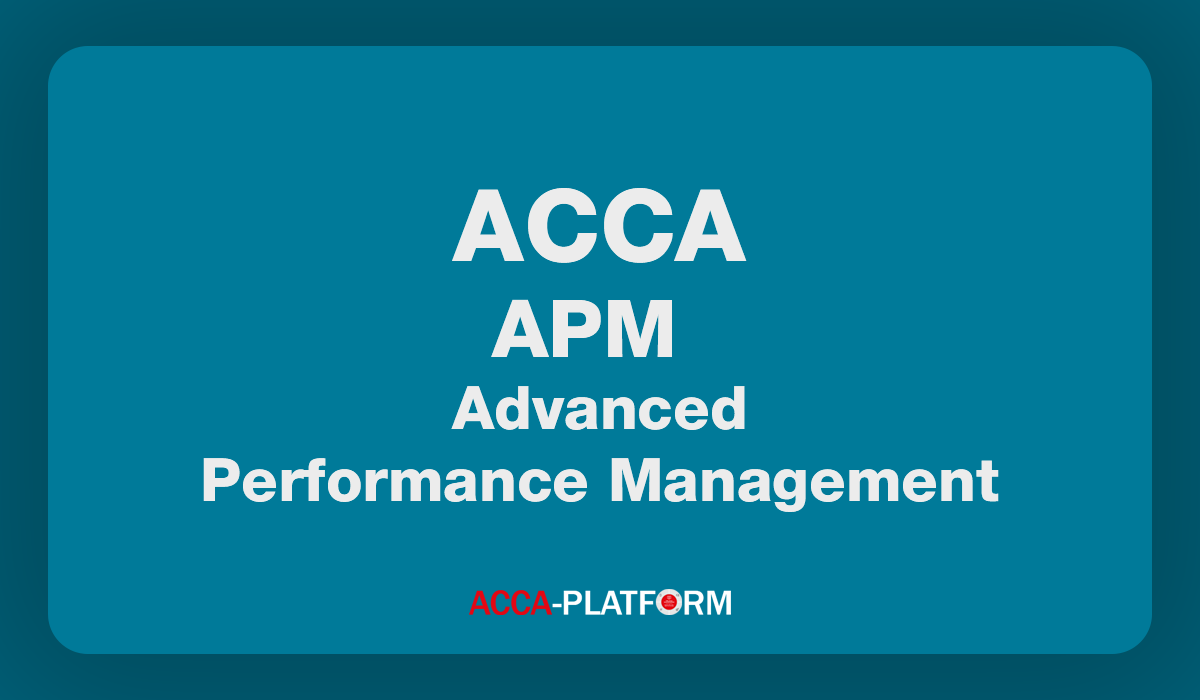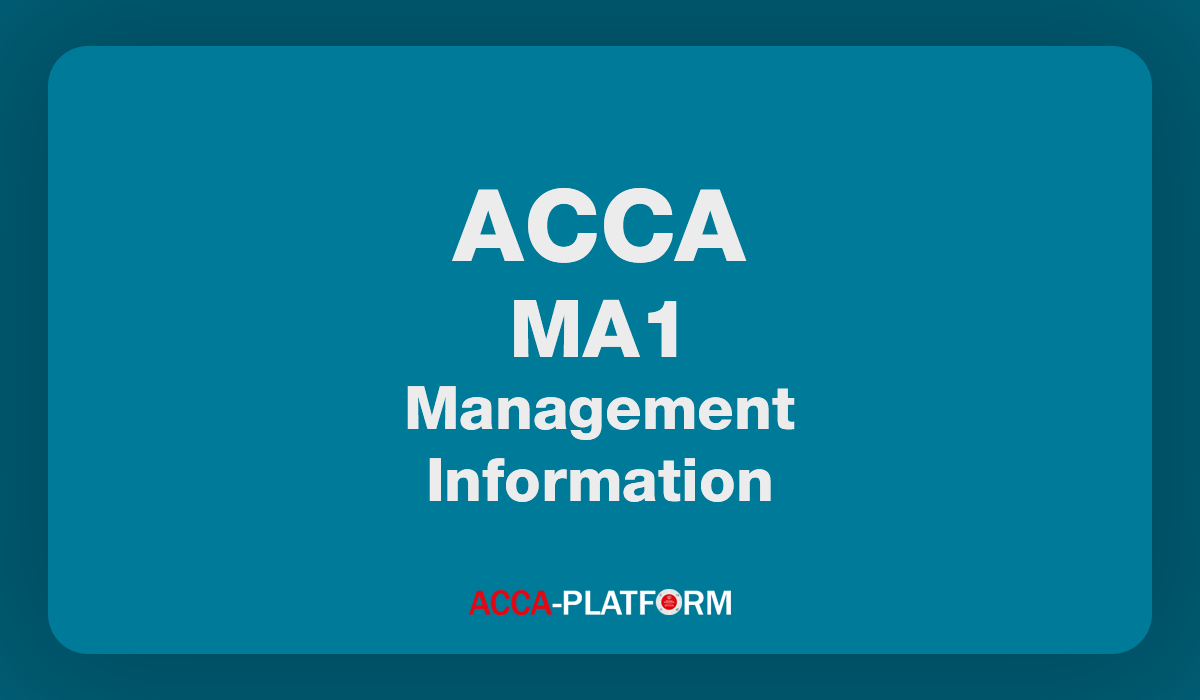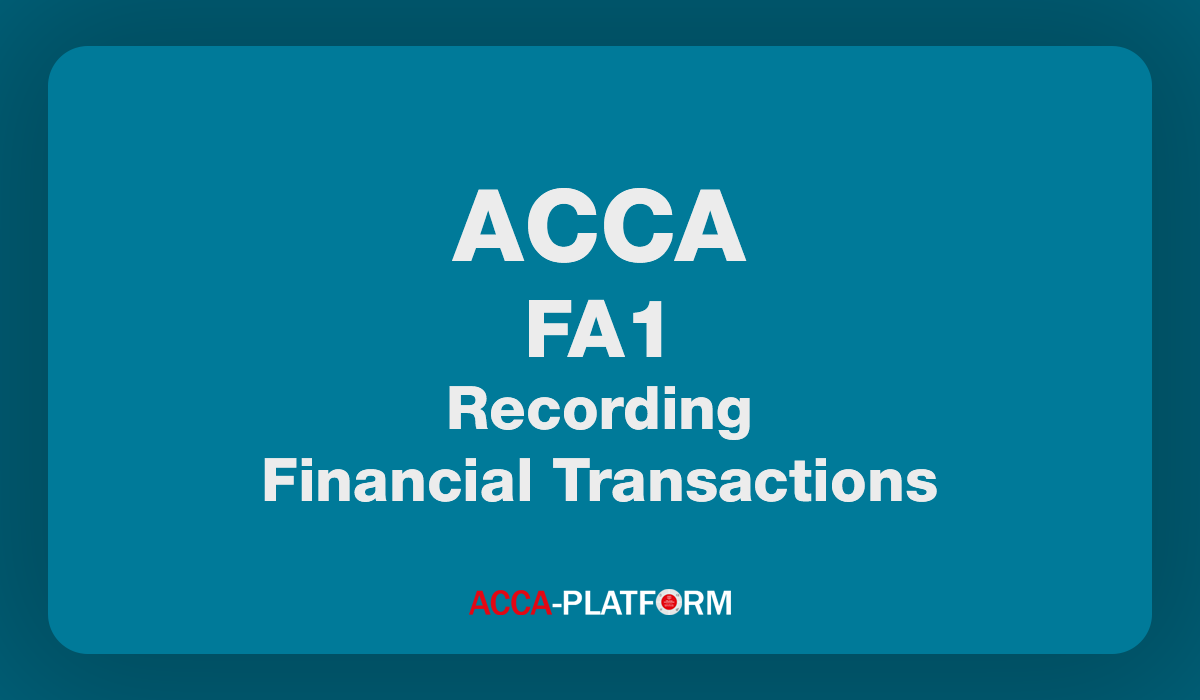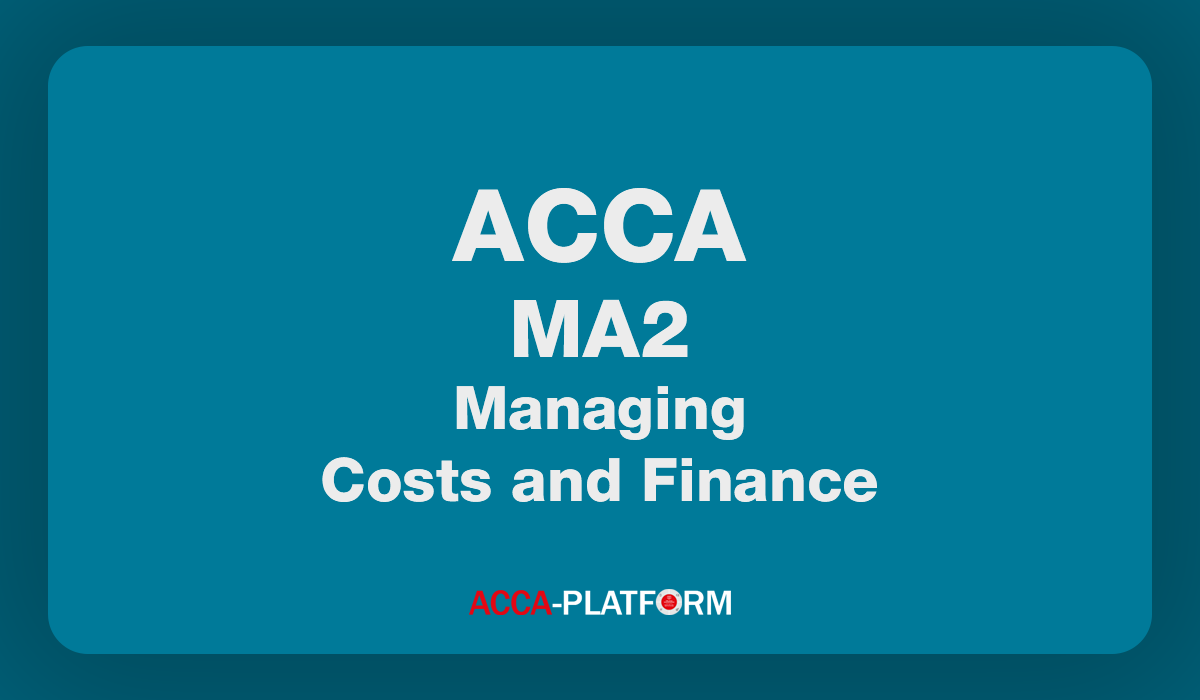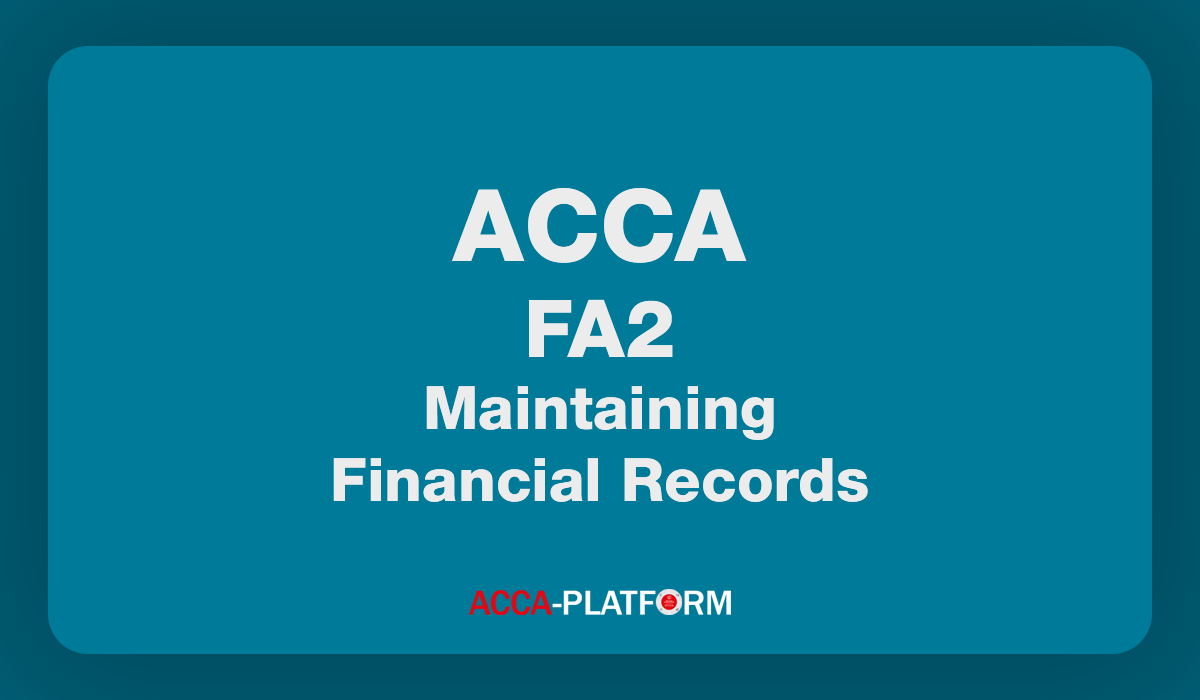Are you searching for comprehensive material and resources to excel in your P5 Advanced Performance Management exam? This strategic-level ACCA qualification demands thorough preparation, and having access to quality study materials can make the difference between success and failure. Our guide will walk you through everything you need to know about mastering this challenging exam, from understanding the syllabus structure to implementing effective study strategies.
Overview of ACCA P5 Advanced Performance Management Exam Structure
| Exam Component | Format | Duration | Marks | Pass Mark |
|---|---|---|---|---|
| Section A | 2 Compulsory Questions | 3 hours 15 minutes | 100 marks | 50% |
| Section B | Choice of 2 from 3 Questions | |||
| Total Weight | Strategic Professional |
The P5 exam tests your ability to apply performance management techniques in complex business scenarios. You’ll need to demonstrate analytical skills, strategic thinking, and practical application of advanced performance measurement systems.
What is P5 Advanced Performance Management Module of ACCA
P5 Advanced Performance Management is a strategic professional exam within the ACCA qualification framework. This module builds upon fundamental management accounting principles, advancing your knowledge to cover sophisticated performance measurement and management systems used in modern organizations.
The syllabus encompasses five main areas:
Core Syllabus Areas
Strategic planning and control forms the foundation, where you’ll explore how organizations align performance measurement with strategic objectives. This includes understanding mission statements, strategic positioning, and competitive advantage frameworks.
External influences on organisational performance examines factors beyond management control that impact business results. You’ll study economic indicators, regulatory changes, technological disruptions, and social trends affecting organizational performance.
Performance measurement systems and design delves into creating effective measurement frameworks. Topics include balanced scorecard implementation, key performance indicators development, and performance pyramid models.
Strategic performance measurement focuses on advanced techniques for evaluating organizational success. You’ll learn about value-based management, shareholder value analysis, and integrated reporting principles.
Performance evaluation and corporate failure addresses how to assess organizational health and predict potential failures. This includes ratio analysis interpretation, Z-score models, and turnaround strategies.
Learning Outcomes
Upon completion, you should demonstrate competency in:
- Designing comprehensive performance measurement systems
- Evaluating strategic options using financial and non-financial metrics
- Analyzing external environmental impacts on performance
- Implementing value creation strategies
- Assessing organizational risk and failure indicators
How Difficult to Study and Pass P5 Advanced Performance Management
The P5 Advanced Performance Management exam presents significant challenges that require dedicated preparation and strategic study approaches. Most candidates find this exam demanding due to its analytical nature and requirement for practical application of theoretical concepts.
Difficulty Factors
Case study complexity represents the primary challenge. Questions often present multi-layered business scenarios requiring you to synthesize information from various sources and apply multiple performance management techniques simultaneously.
Calculation requirements demand proficiency in both financial and statistical analysis. You’ll encounter variance analysis, ratio calculations, regression analysis, and value-based metrics that require accuracy and speed.
Written communication skills are crucial as substantial portions require clear, professional explanations of analysis and recommendations. Your ability to articulate complex concepts concisely impacts your score significantly.
Pass Rate Statistics
Historical data indicates P5 pass rates typically range between 35-45%, reflecting the exam’s challenging nature. Success correlates strongly with:
- Consistent study schedule maintenance
- Regular practice with past papers
- Understanding of real-world applications
- Strong foundational knowledge from earlier papers
Time Management Challenges
The three-hour fifteen-minute duration requires efficient time allocation. Many candidates struggle to complete all requirements within the allocated timeframe, emphasizing the importance of practiced exam technique.
Why to Use BPP Study Materials
BPP Learning Media stands as a trusted provider of ACCA study materials, offering comprehensive resources specifically designed for P5 success. Their materials have supported thousands of successful candidates worldwide.
BPP Material Advantages
Structured learning approach ensures systematic coverage of all syllabus areas. BPP organizes content logically, building complexity gradually and reinforcing key concepts through repetition and application.
Real-world case studies provide practical context for theoretical concepts. BPP incorporates actual business scenarios, helping you understand how performance management techniques apply in practice.
Expert author team brings professional experience and academic credentials to material development. Authors combine practical knowledge with educational expertise, creating content that bridges theory and application gaps.
Quality Assurance
BPP maintains rigorous quality standards through:
- Regular updates reflecting syllabus changes
- Professional review by qualified accountants
- Student feedback incorporation
- Alignment with ACCA learning outcomes
Comprehensive question banks offer extensive practice opportunities with detailed solutions and examiner guidance. This helps you understand not just what answers are correct, but why they’re correct and how to approach similar problems.
Why to Use PDF Practice, Revision, and Exam Kit
Digital study materials offer numerous advantages for modern ACCA students, particularly for a demanding subject like P5. PDF formats provide flexibility, accessibility, and cost-effectiveness that traditional printed materials cannot match.
Accessibility Benefits
Device compatibility allows you to access materials across smartphones, tablets, laptops, and desktop computers. This flexibility enables study sessions during commutes, breaks, or any available time slot.
Search functionality within PDF documents accelerates topic location and review. You can quickly find specific concepts, formulas, or examples without manually searching through hundreds of pages.
Cloud storage integration ensures your materials remain accessible regardless of device failure or location changes. Synchronization across devices maintains study continuity.
Cost Effectiveness
Digital materials typically cost significantly less than printed alternatives while offering identical content quality. This cost savings can be redirected toward additional study resources or professional development.
Environmental Considerations
PDF materials reduce paper consumption and transportation requirements, supporting environmentally conscious study choices without compromising educational quality.
Interactive Features
Modern PDF materials often include:
- Hyperlinked cross-references
- Embedded multimedia content
- Interactive practice questions
- Progress tracking capabilities
How to Plan Your P5 Study Schedule
Effective planning forms the foundation of successful P5 preparation. Given the exam’s complexity and breadth, a structured approach maximizes your learning efficiency and retention.
Study Timeline Framework
Six-month preparation period provides adequate time for comprehensive coverage while allowing for revision and practice. This timeframe accommodates working professionals and full-time students.
Phase 1: Foundation Building (Months 1-2) Focus on understanding core concepts and syllabus structure. Read through all materials once, creating summary notes and identifying challenging areas.
Phase 2: Deep Learning (Months 3-4) Concentrate on detailed study of each syllabus area. Work through examples, practice calculations, and develop understanding of practical applications.
Phase 3: Application and Practice (Months 5-6) Emphasize past paper practice, mock exams, and revision of weak areas. Develop exam technique and time management skills.
Weekly Schedule Structure
Weekday sessions (3-4 hours daily) should focus on new material learning and understanding. Break study into manageable chunks with regular breaks to maintain concentration.
Weekend intensive sessions (6-8 hours across both days) provide opportunities for comprehensive practice sessions and topic integration.
Study Methods Integration
Combine multiple learning approaches:
- Reading and note-taking for concept understanding
- Practice questions for application development
- Group discussions for perspective broadening
- Video tutorials for complex topic clarification
How to Effectively Prepare for the ACCA P5 Advanced Performance Management Exam
Strategic preparation requires more than simply reading study materials. Success demands active learning, practical application, and continuous assessment of your progress.
Active Learning Techniques
Mind mapping helps visualize relationships between different performance management concepts. Create visual representations connecting strategic planning, measurement systems, and evaluation techniques.
Case study analysis develops critical thinking skills essential for exam success. Work through diverse business scenarios, identifying key issues, analyzing options, and formulating recommendations.
Formula practice ensures computational accuracy under time pressure. Regularly practice calculations for ratios, variances, and value-based metrics until they become automatic.
Understanding Examiner Requirements
Question analysis reveals patterns in examiner expectations. Study past papers to understand how questions are structured and what responses receive high marks.
Marking schemes provide insight into how examiners allocate points. Understanding this helps you focus efforts on high-value activities during the exam.
Mock Exam Strategy
Timed practice sessions simulate actual exam conditions, helping you develop appropriate pacing and identify time management issues before the real exam.
Performance analysis after each mock exam reveals strengths and weaknesses, guiding subsequent study focus.
Integration with Other Papers
P5 builds upon knowledge from earlier papers, particularly F5 (Performance Management) and F9 (Financial Management). Cross-referencing these subjects reinforces understanding and reveals connections between topics.
Last Minute Guide for P5 Success
Final preparation in the weeks leading up to your exam requires focused revision and confidence building rather than learning new material.
Two Weeks Before Exam
Intensive revision of weak areas identified through mock exams and practice sessions. Focus on understanding rather than memorization.
Formula sheet preparation containing key calculations and ratios. Practice using this sheet until access becomes automatic.
One Week Before Exam
Light revision only to maintain knowledge without causing information overload. Review summary notes and key concepts.
Past paper timing practice to ensure you can complete the exam within the allocated time frame.
Day Before Exam
Rest and relaxation are crucial. Avoid intensive study that might create confusion or anxiety. Review your formula sheet briefly and ensure you have all necessary equipment prepared.
Exam Day Strategy
Question selection in Section B requires careful consideration. Read all options before deciding which two questions offer the best opportunities for high marks.
Time allocation should be planned before starting. Allocate time based on mark distribution, ensuring adequate time for all sections.
Answer structure should follow a logical format with clear headings and professional presentation.
Key Performance Indicators and Metrics You Must Master
Understanding and applying various performance measurement tools forms the core of P5 success. These metrics appear throughout the exam and require both calculation proficiency and interpretation skills.
Financial Performance Metrics
Return on Investment (ROI) measures efficiency of capital utilization and appears in numerous exam scenarios. Master both calculation and interpretation, understanding limitations and potential manipulation.
Economic Value Added (EVA) represents value creation beyond cost of capital and frequently appears in strategic performance questions.
Residual Income calculations require understanding of divisional performance evaluation and transfer pricing implications.
Non-Financial Performance Indicators
Balanced Scorecard perspectives integrate financial and non-financial measures across four key areas: financial, customer, internal processes, and learning and growth.
Quality metrics including defect rates, customer satisfaction scores, and process efficiency measures often feature in operational performance scenarios.
Benchmarking Techniques
Industry comparison methods help evaluate organizational performance relative to competitors and best practices.
Internal benchmarking across divisions or time periods reveals performance trends and improvement opportunities.
Strategic Planning and Performance Management Integration
Aligning measurement systems with organizational strategy ensures performance indicators drive desired behaviors and outcomes.
Strategy Formulation Links
Mission and vision translation into measurable objectives requires understanding of strategic planning processes and goal cascade methodologies.
Competitive advantage measurement through various frameworks including Porter’s generic strategies and resource-based view applications.
Performance System Design
Measurement system characteristics including relevance, reliability, comparability, and understandability must be evaluated when designing performance frameworks.
Behavioral implications of different measurement approaches require consideration to avoid dysfunctional behaviors and gaming.
Environmental Analysis Impact
PESTEL analysis integration into performance measurement helps identify external factors affecting organizational results.
Stakeholder analysis ensures performance systems consider all relevant parties and their information needs.
Key Takeaways for P5 Success
- Start preparation early with a structured six-month study plan
- Practice past papers regularly to develop exam technique and timing
- Understand practical applications of theoretical concepts through case studies
- Master key calculations for ratios, variances, and value-based metrics
- Develop analytical writing skills for clear communication of complex ideas
- Use quality study materials like BPP resources for comprehensive coverage
- Focus on integration between different syllabus areas and strategic thinking
Frequently Asked Questions
Q: How many hours should I study for P5 each week? A: Most successful candidates dedicate 15-20 hours weekly over a six-month period. This includes reading, practice questions, and revision time.
Q: What is the most challenging aspect of P5? A: Case study analysis requiring integration of multiple performance management techniques within complex business scenarios presents the greatest difficulty for most candidates.
Q: Can I pass P5 without professional experience? A: Yes, though practical experience helps with understanding business contexts. Focus on case study analysis and real-world examples from study materials.
Q: How important are calculations versus written analysis? A: Both components are crucial. Aim for approximately 40% calculation accuracy and 60% analytical discussion, though this varies by question.
Q: Should I memorize ratios and formulas? A: Yes, key formulas must be memorized for exam efficiency. However, understanding when and how to apply them is equally important.
Q: What happens if I fail P5? A: You can retake the exam in subsequent sitting periods. Analyze your performance, identify weak areas, and adjust your study approach accordingly.
Conclusion
Successfully passing P5 Advanced Performance Management requires dedicated preparation, strategic study approaches, and comprehensive understanding of performance measurement systems. By utilizing quality materials like BPP resources, maintaining consistent study schedules, and practicing extensively with past papers, you can develop the analytical skills and knowledge needed for exam success.
Remember that P5 tests not just your technical knowledge but your ability to think strategically about organizational performance. Focus on understanding how different measurement systems support strategic objectives and drive behavioral change within organizations.
Your journey through this challenging qualification will enhance your professional capabilities and open doors to senior management roles. Stay committed to your study plan, seek help when needed, and approach the exam with confidence in your preparation.
